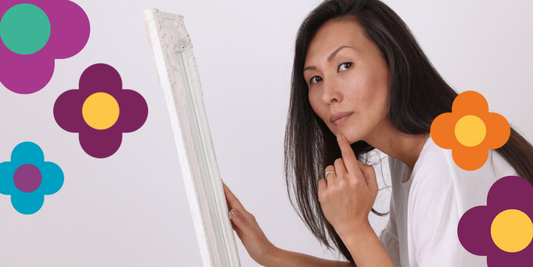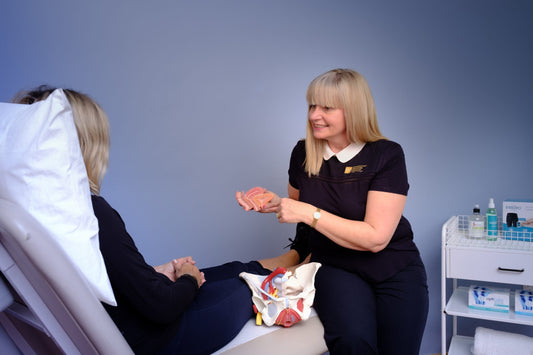Your menstrual cycle is part and parcel of life, from pre-teen or early teenage years right into your 40s and early 50s.
What is a period?
In a nutshell, menstruation is the process through which unused endometrial tissue is ejected from the body via your cervix and vagina. You see blood because when those lining cells are shed, blood vessels in the uterus rupture.
Less than 2% of mammals actually menstruate? Yes, humans are part of a small group that includes some monkeys and bats, and even a few species of mice (interestingly the spiny mouse also gets PMS).
Why do periods happen?
The common strand among menstruating species is a high level of investment in pregnancies – and only having one or two babies at a time.
When an embryo develops in the womb, it gets all its nutrients through the placenta, which attaches to the wall of the mother’s uterus. You develop a thick lining during your menstrual cycle so that if you do get pregnant, the placenta won’t cause lasting damage to the uterine wall (meaning you can have more babies).
Throughout your monthly cycle, your hormones play an important part in telling your body what to do next. Increasing amounts of estrogen help grow and prepare the lining of your uterus for pregnancy. Progesterone also gets to work; it keeps the lining of your uterus stable and ready to receive a fertilised egg.
However, if your body doesn’t receive this fertilised egg, these levels of estrogen and progesterone will drop – and your endometrial tissue will prepare to shed. You’ll furthermore produce prostaglandins (which are like hormones but are actually lipid compounds), which cause your uterus to contract and help get rid of the old lining more efficiently… before a new lining starts to grow again to prepare for the next chance of pregnancy.
Phew! That shedding of the uterine lining is your period!
Fun Fact: Periods through history
In modern times, we actually get a lot of periods – probably around 400 in your lifetime. Previously, women had far fewer periods – around 100. That’s because they spent more time pregnant or breastfeeding, and because their overall health was poorer.
What does a typical period look like?
- A typical cycle is anywhere from 24-38 days long; the accepted ‘average’ is 28 days
- Menstruation lasts 2-7 days
- Losing about 3 to 5 tablespoons of blood in total
- Noticing dark clots or clumps of blood on heavier days
- Noticing a change in colour throughout your period
Many women experience symptoms of cramping, mood changes, increased tiredness, headaches, and more during menstruation, as well as PMS in the days leading up to menstruation.
Getting a period is the most natural thing in the world, experienced by billions of people across the globe every month — and yet they remain taboo. Certainly, we need to talk more about periods openly. Getting rid of stigma and having open conversation supports better healthcare and treatment options for women, and fuels better knowledge around fertility.
Let’s get talking!













